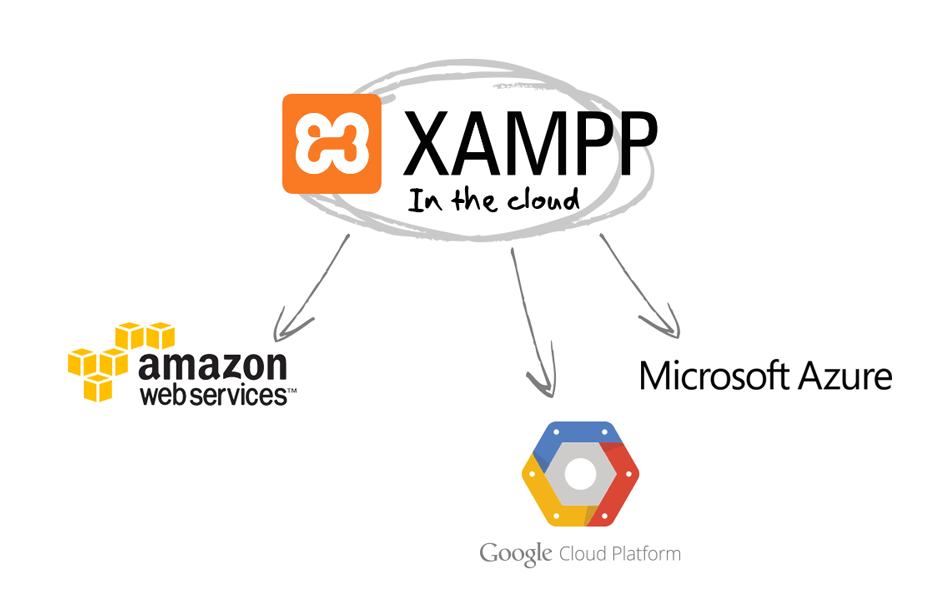

Of course, you can read in the documentación about this initial step adn all you need to know. Here I have one for you with the basic parameters, based on the directories I have used:

The my.inifiel is the configuration file for MySQL, but if you look in the /bin, you won’t find anyone.

In my case, I have it on f:mysql8īefore being able to start MySQL server, it is necessary to have a configuration file my.ini, a vital file for MySQL, and that we will have to create (or use one that we already have from another instance of MySQL).Ī second very important aspect is that the directory data is not included, which is where the databases are normally located, so it will be necessary to carry out some intermediate steps.īut first, let’s create a configuration’s file (in this link, you have what I use when working with MySQL 5.6): my.ini Once downloaded the file, unzip the file in the directory you like, and as a advice, avoid white space or wierd characters. This time, we downloaded the zip version. The first thing for having a MySQL portable version is that we can’t use the MySQL installer (in this blog I already told you how to install MySQL 5.6 with the installer). In the previous entry we commented on how to have a portable MariaDB server, using the XAMPP tool, while in this entry, I propose that instead of MariaDB, let’s prepare a MySQL 8 as the server to work.


 0 kommentar(er)
0 kommentar(er)
